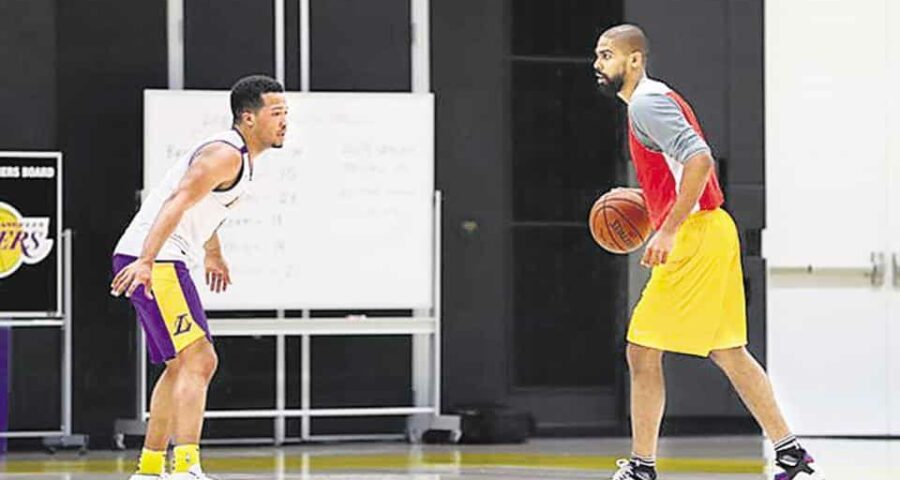The NBA was one of the first major sports leagues to organise a “bubble” format leading to successful completion of its season, and giving other leagues a roadmap to follow.
Despite the success of this bubble in Orlando and the current rapid rise in Covid cases in the US, the recently started 2020-21 NBA season will not be played in a bubble.
This presents a litany of challenges to NBA teams, as staffs and coaches aim to prepare their teams to be in the best possible shape to win games.
One of the biggest current changes to the NBA season this year, in comparison to others, has been the logistics of organising and completing daily Covid testing for all players and staff members of every team.
A rigorous testing protocol ensures that players are not in contact with any staff members or coaches until they have tested negative every morning.
This heavily impacts training schedules and sleep schedules of players.
In an interesting display of ingenuity, a lot of teams have resorted to converting hotel ballroom spaces into mini-courts to walk through game plans and strategy coverages for team defences.
Staff members utilise tape to tape down an exact replica of an NBA court (from the 3-point line and inside) on the hotel ballroom carpet, which coaches then utilise to assist players, walking through team strategic schemes on offense and defence.
With the shortened offseason, compressed schedule, and rising player salaries, the importance of the physical preparation of players has been heightened even more than usual.
With the NBA league revenue likely being drastically lower due to empty arenas without fans, this has made teams even more determined not to lose any money on players missing games due to injuries.
In the 2020 NBA season, over $600M in player salaries was lost due to players missing games with injuries. It is critically important in the current season, for close collaboration to exist between coaches and medical staffs in managing player minutes throughout the season, along with practice schedules to ensure players are at their peak for games.
Performance and medical groups have placed a large focus on recovery methods with such a short time between games for teams this season.
Most teams are facing a 72-game schedule spread over approximately 145 days, which leaves teams with precious little time between games.
The usual daily schedule for teams involves morning Covid testing for players, followed by physical preparation and lifting weights prior to practice.
Due to restrictions on player numbers and space, teams are required to be very creative with workouts that keep players at low risk of Covid exposure, while keeping them strong for the duration of the season.
Post practice, players fuel with specific nutrition designed to promote recovery and prepare them to be in optimal condition for the upcoming game schedule for the season.
Finally, another component players and coaches have to adjust to this season is the presence of no fans in the stadiums, and how it influences game flow and gameplay.
Fans provide a critical element and energy to ‘live’ sporting events, and the lack of fan interaction and energy can eliminate the home court advantage that is sometimes a deciding factor in a lot of NBA regular season and the playoff games.
The reality of no fans means that teams are more intimately familiar with coaches play calls, can hear coverages much more easily and in advance, and this can influence game play due to players being able to anticipate and identify offensive and defensive formations, much more easily than in crowded arenas.
Next week, the five essential skills that every young basketball player needs to focus on to play the game at a highly competitive level.
Adi Vase is the first Indian to work in the physical coaching and sport science departments of NBA teams. Born in Pune, Vase charts the course and the basketball realities that took him from Pul gate, Pune to the San Antonio Spurs, Los Angeles Lakers and now, the Golden State Warriors. Email: [email protected]
Source: Read Full Article

